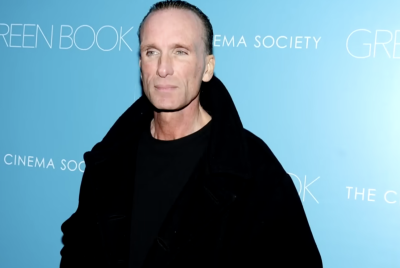Disney vs. YouTube TV Gets Ugly — But This Bundle Might Save You Money
Disney yanks major channels from YouTube TV—here's what viewers lose and how to switch without overpaying

The Disney YouTube TV blackout has left millions of subscribers frustrated after contract talks collapsed on 30 October 2025.
Major Disney-owned channels, including ABC, ESPN, FX, and National Geographic, were abruptly pulled from YouTube TV following a dispute over licensing costs.
As viewers across the United States face disrupted access to sports, news, and entertainment, many are now turning to alternative streaming bundles to fill the gap.
Disney Pulls the Plug on YouTube TV
Negotiations between Disney and YouTube TV broke down late on 30 October, forcing the removal of all Disney-owned networks from the platform. The blackout cut off access to flagship programming, including ESPN's live sports, FX's original series, and National Geographic's documentaries.
YouTube TV stated that it was 'disappointed' by Disney's decision, accusing the company of demanding 'unreasonable rate increases' that would lead to higher prices for customers. In a statement to subscribers, YouTube TV confirmed: 'Without an agreement, we've had to remove Disney's content from our service.'
Disney has not issued a public comment, but sources told Variety that the company is seeking 'fair market value' for its premium content portfolio. Industry analysts say this standoff underscores a growing power struggle between content owners and streaming platforms competing for control of digital audiences.
What Subscribers Lose — and How To Cope
The blackout affects far more than casual viewing. Local ABC affiliates, national news programmes, and major sports broadcasts have all gone dark for YouTube TV's estimated eight million US subscribers.
Viewers have lost access to:
- ESPN and ESPN2 – home to NFL, NBA, and college football
- ABC local stations – regional news and talk shows
- FX and National Geographic – hit dramas and documentaries
- Disney Channel – family and children's programming
To ease tensions, YouTube TV has offered users a $20 credit if the outage persists. But for fans relying on ESPN for live sports or ABC for breaking news, the disruption has already proved significant.
A Bundle That Might Save You Money

For subscribers seeking uninterrupted access to Disney-owned channels, switching to an alternative bundle may be the most cost-effective solution. Disney's own streaming package, Hulu + Live TV, includes ABC, ESPN, FX, and other affected channels, along with access to Disney+ and ESPN+.
While Hulu + Live TV typically costs more than YouTube TV, the inclusion of multiple streaming services may offer better value for households already subscribing to Disney+ or ESPN+. Additionally, platforms like FuboTV and Sling TV also carry many of the same channels, though pricing and regional availability vary.
YouTube TV has accused Disney of using the blackout as a 'negotiating tactic to force deal terms that would raise prices on our customers' and to steer viewers toward its own streaming services. Whether intentional or not, the dispute has certainly highlighted the growing tension between traditional channel bundles and vertically integrated streaming platforms.
When Will the Blackout End?
There is no fixed timeline for resolution. Previous disputes between major broadcasters and digital distributors have lasted anywhere from a few days to several months. Analysts believe both sides are under mounting pressure to reach an agreement before the holiday season, when sports viewership and advertising revenue peak.
Industry experts warn that blackouts like this could become more common as media giants push for higher carriage fees in the era of subscription-based streaming. For now, subscribers can either wait out the stalemate or switch providers to maintain access to Disney-owned programming.
The Bigger Picture
The Disney YouTube TV blackout marks another turning point in the streaming wars. It highlights how legacy networks are using their content libraries as leverage in distribution battles and how consumers ultimately bear the cost. With competition intensifying, the only certainty is that the fight for viewers — and their wallets — is far from over.
© Copyright IBTimes 2025. All rights reserved.





















